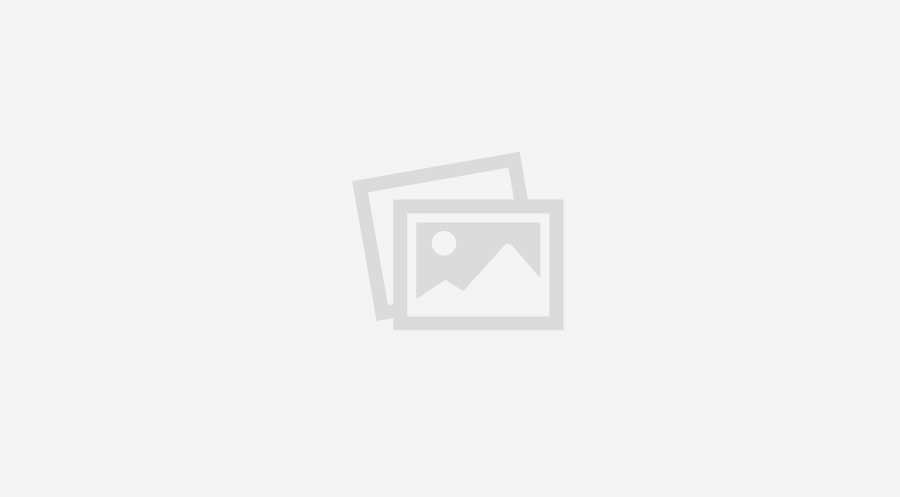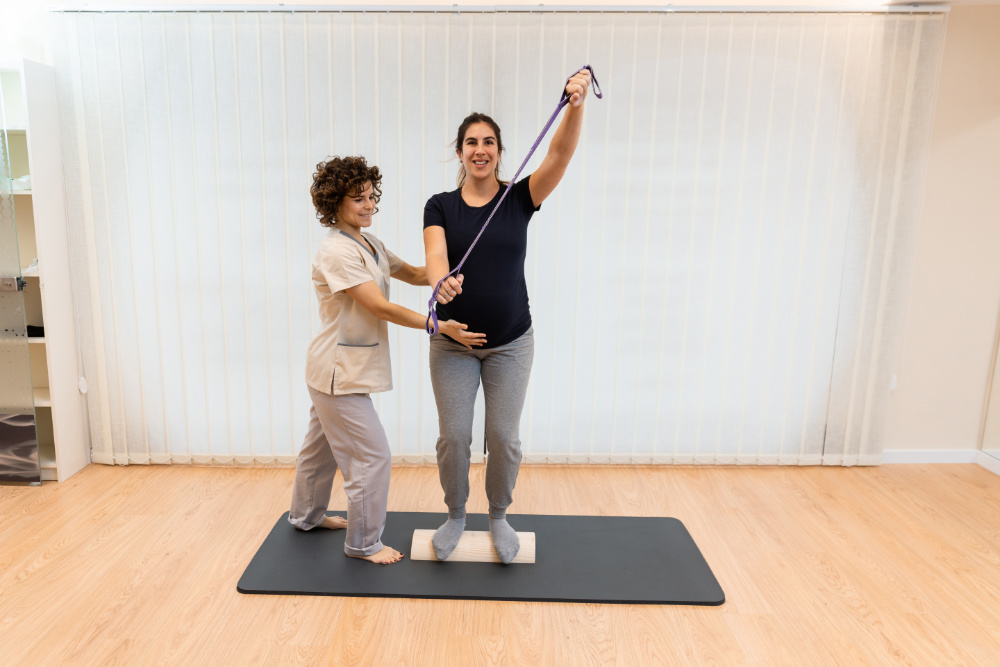When is an aqua workout not an aqua workout? When your older participants are seated on chairs performing similarly beneficial moves on dry land, as Jennifer Schembri-Portelli explains.
So, what’s the director of Water Exercise Training Service (WETS) doing exercising on a chair rather than in water? Serendipity I call it; I expanded my instructor scope by default. My aquatic exercise clientele encompasses professional athletes, mainstream participants and those with mobility conditions. This article relates to the latter.
On a number of occasions my older adult aqua class has been unable to access the pool due to heater and chemical malfunction or scheduled swim school carnivals. As this client group only has a few exercise modality options, I opted to design an effective, safe and fun routine with similar measurable outcomes to that of the aqua fitness program.
The group adapted to the new exercise environment with minimal fuss. They exercised, engaged and enjoyed their new exercise routine. They worked through any mobility issues, let go of any embarrassment and now exercise comfortably in a chair with others on a regular basis. It can be a very rewarding experience for the group exercise instructor when participant empowerment and retention is achieved.
Observing, analysing and modifying participant movements are instrumental to achieving safe and accurate technique while exercising in a chair.
Getting started
All you need to get started is a chair – and the willingness to try something different! Select a sturdy chair that allows the older adult to perform large range of motion exercises. Avoid fold up chairs, or those with armrests that are too high and bulky. It is, however, acceptable to have chairs with armrests, especially for frailer participants or active participants who are able to withstand their own bodyweight. For the exercises below, you will also need a selection of hand-sized balls and some scarves.
As consumers, ‘baby boomers’ are well educated and seek effective and safe programs that are enjoyable and challenging. Programs should include fun, skill development, a sense of achievement, a sense of belonging and contribute to their physical and psychological wellbeing.
‘Chair aerobic’ class design
The premise of the ‘chair aerobic’ class is ‘exercise functionality’. In this specific population, functional exercises are those that replicate moves used in daily tasks, such as:
- lifting arms overhead to reach a cupboard or hang up washing
- placing arms behind the back to replicate putting on a bra
- manoeuvring armlines up and around to comb the back of the hair.
Choreography

Routine 1: Scarf
This first routine features functional moves set to the music Hello Dolly. The music really sets the scene – what a welcoming song! The open armlines (photo 1) create an inclusive and reassuring introduction, especially for the newer participant. ‘Hello’ is the first word of the song, and an apt time to explain the format and purpose of the specific exercises to the participants. The lyrics continue to say ‘It’s so nice to have you back where you belong’.
There are many exercise options and intensity levels available in this routine. Participants can either hold on to the end of the scarf, creating a large range of motion (ROM), or closer to the middle of the scarf resulting in short ROM (photo 2).
The scarf is more than a pretty accessory, serving as ‘equipment’ that assists in establishing measurable outcomes. Participants can refer to how much of the scarf is flowing away from the hand and how much is stretched. As the instructor, you can also use this as a point of reference for an informal assessment practice. The arms sway side-to-side (photo 3) to the Hello Dolly lyrics ‘I feel the room swaying and the band playing’.
Bringing the arms straight down to the lower legs initiates a strong upright posture (photo 4). How fantastic that a modification of a slight pull of the scarf towards the back of the chair can recruit the back muscles. As people age, the safest way to put on a pair of pants is to sit in a chair and bring them as high as possible over the knees, and then stand up. This routine can replicate this functional activity to the lyrics ‘you’re looking swell Dolly, we can tell Dolly’.
Routine 2: Ball
The song One from the musical A Chorus Line is used for this ball routine. A variety of movement patterns that keep the participant motivated and active is included in this sequential pattern (photo 5). Using the ball challenges the brain to focus on movement and equipment. Add the beat of the music to the equation, and the exercises become a more complex task, requiring the mind, body and spirit to work together harmoniously. The lyrics to this section are ‘Oooh! Give her your attention. Do I really have to mention, she’s the one’.
This routine gets the arms around the back of the body (photo 6). As the image shows, the heels are slightly raised as they tap to the beat of the music. The challenge to the brain is increased as it has to move the upper body in a circular motion while also activating the lower body limbs to move vertically. The lyrics at this stage of the choreography are; ‘One singular sensation, every little step she takes; One thrilling combination, every move that she makes; One smile…’
The routine now moves from simple to complex as the leg is lifted and an under and over motion performed (photo 7). This is a brain gym exercise at its very best. At this stage, emphasise to participants that that it is not only the technique of the move that you want them to achieve, but also moving smoothly and in synchronicity to the beat. Older adults have often had lots of practise at ‘dancing’, and are able to recall this skill on most occasions. The choreography is in time with the lyrics ‘She walks into a room and you know from her maddening poise, effortless whirl’.
Jennifer Schembri-Portelli
JSP is the recipient of Fitness Australia’s 2012 Award for Outstanding Contribution to the Fitness Industry. As director of Water Exercise Training Service (WETS), Australia’s leading aqua fitness training provider, she has made significant and innovative contributions to the advancement of the fitness industry. Upon receiving her Outstanding Contribution Award, JSP said ‘I give back to an industry that has provided me with a viable and vibrant career’. She believes ‘The meaning of life is to find your talent and the purpose of life is to give it away’. For more information visit www.wets.com.au
| Benefit from JSP’s vast pool of aquatic exercise know-how at FILEX 2013 where she is presenting:The best of both worlds – Mapped and layered choreography ● A1W (with Annette Chatterton)Aqua for older adults: give them what they want! ● B3WFor more information on JSP’s sessions check out page 51 of the FILEX brochure or visit www.filex.com.au where you can also register for the convention |



